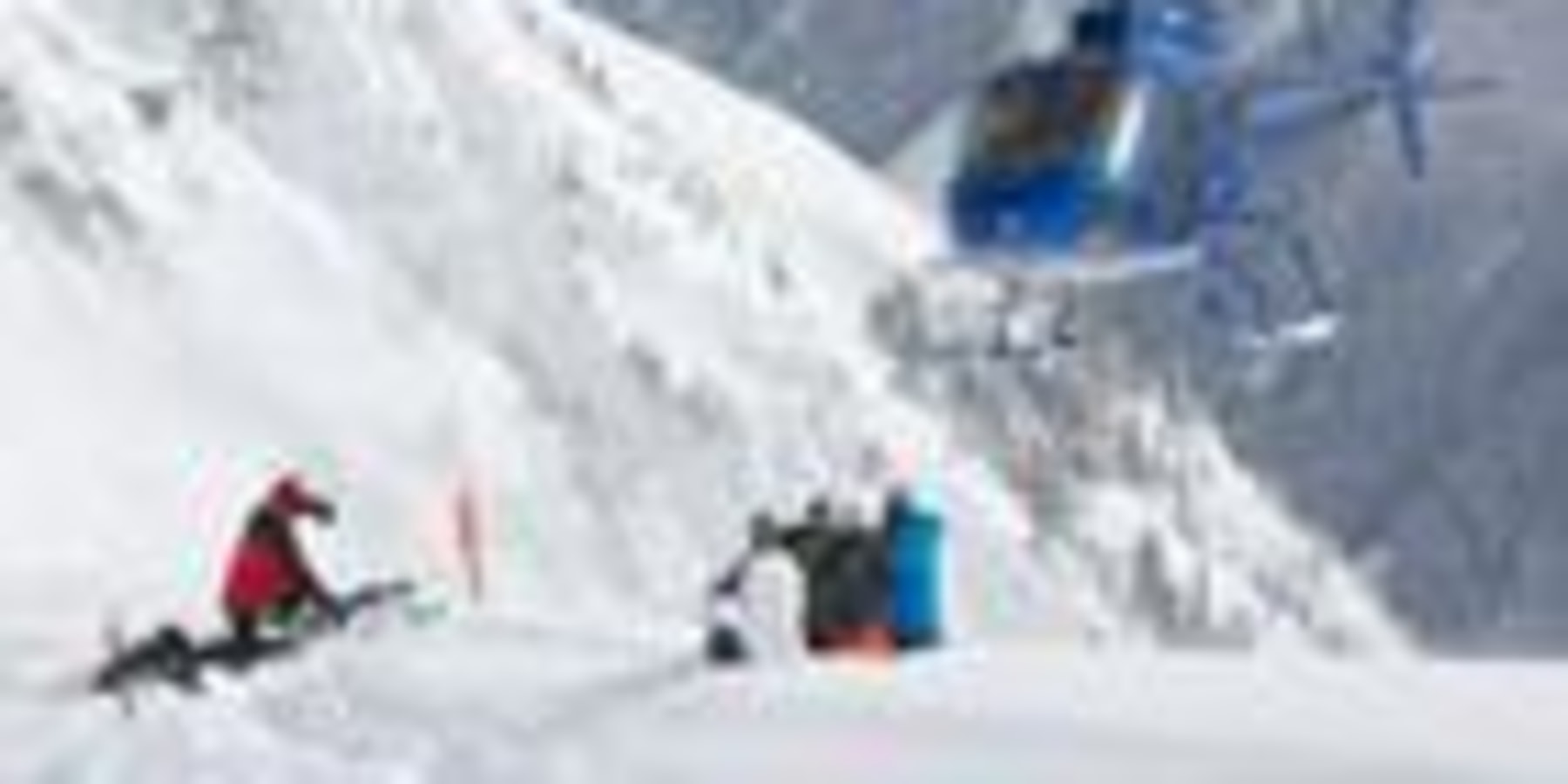
Heli Skiing in Canada has increased in popularity since its inception in the 1960's becoming one of the hottest adventure sports in the world today. The heli skiing industry is experiencing a dramatic change in style due to out of the box thinking. In comparison with the early pioneers, innovation in group sizing and the adoption of new technology create a better, safer heliskiing experience.
Numerous mountain ranges in a relatively large unpopulated region of Canada make up a large part of the world's heli skiing terrain. The province of British Columbia, on Canada’s west coast, is home to over 95% of the global heli and cat skiing as recent statistics indicate. (https://www.helicatcanada.com/)
The industry has continued to evolve from its first inception, when pilots would shuttle eager skiers, one at a time, to mountaintops via helicopter. As time progressed, due to increasing popularity in the sport, helicopters carrying 12 skiers were used to facilitate the ever-increasing demand. Many companies still operate with the large capacity helicopters; however, newer heli ski operators have begun what is now called Small Group Heli Skiing.
Small Group Heli Skiing is considered more desirable than larger groups of 12, due to the simple fact that groups of four to six create a better flow while moving in and out of the helicopter and down the mountain. The smaller helicopters are also quicker and more agile to get into tighter drop-offs and pick-ups. Furthermore, it allows guides the opportunity to tailor their terrain choice to the ability of the group and ski tighter lines and couloirs that wouldn't otherwise be possible with larger groups.
People don't usually ski in groups of 12. If you think about skiing at a resort for example, it is not often that you ski with a group of more than four to six. Skiing together in a large group often results in a lot of waiting around, lacking the flow that combines to make a great ski day. Skiing with a smaller, cohesive group, allows for a smooth, fun, energetic flow, while maintaining the camaraderie shared with others in your group at the end of the day.
Heli Skiing safety has also increased in the form of advancements in technology and equipment. Helicopters and personal safety equipment, in addition to top-level guiding practices, have all continued to evolve. Avalanche hazards are being mitigated by heli ski guides with ever increasing levels of certification in safety training and risk awareness. The new airbag backpacks that some operations are outfitting their guests to protect an individual in the event of being involved with an avalanche can save lives. In addition, newer, more sophisticated transceivers are being used with greater accuracy and ease of use. Every guest and guide go out with a transceiver that are intuitive even for first time users. This equipment is important to have and even better never to have the need to use it by avoiding the high-risk areas with the guides direction. With smaller groups, guides can better manage the risks by keeping everyone informed, on the right track, and out of danger zones.
Ski equipment has also improved with fat skis making powder skiing easier than ever before. An intermediate skier now skis like an expert, carving turns down an off-piste alpine slope and down through the trees with ease.
Heli Ski lodges are dotted throughout the mountain ranges in British Columbia, and the world, making access a factor to consider. As the saying goes, "time is money," and having the ability to access a heli ski lodge with relative ease becomes a significant advantage. An operation like Northern Escape Heli Skiing in Terrace, BC, is located just south of the Alaskan panhandle, yet, is based less than a 25-minute drive from an airport. Its coastal location and northerly latitude combine to create a whopping amount of snowfall every year, averaging well over 100 feet each season falling in their terrain.
Northern Escape has overcome the main challenge facing the heliskiing industry: the dreaded down day. They have created an innovative Cat Skiing Backup program, which has three Snow Cats in a dedicated 7000-acre terrain, exclusively for their heli ski guests in the event that it is storming too much to fly safely to the mountaintops. No worries about travelling a great distance only to be stuck in the lodge, they average six days in the heli and one day in the cat per week over the course of the season: none in the lodge.
The Heli Skiing industry has certainly come a long way from the early days, and small group heli skiing operators like Northern Escape are leading the pack and stepping into the forefront of the new revolution in Heli Skiing. If you haven't already, check out the current trends in heli skiing and choose the destination that suits your needs. Get out there to experience the worlds best skiing for yourself.

